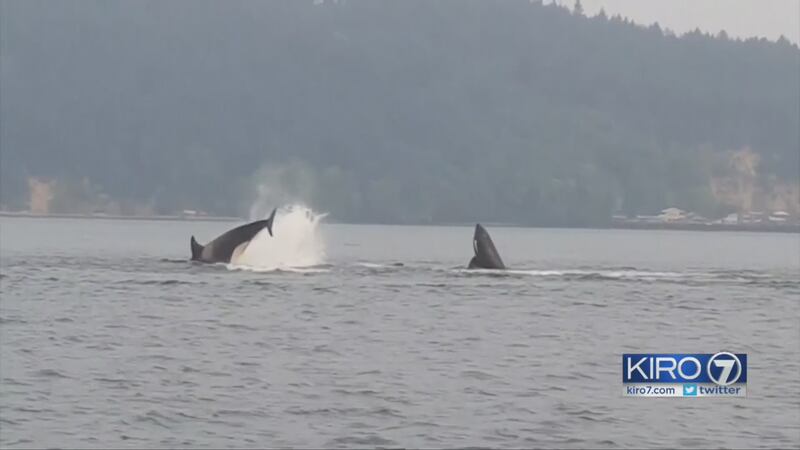Two groups of orcas frequent northwest waters: residents and transients.
About resident orcas
The year 2016 was the deadliest year for our southern resident orcas in nearly two decades: six southern residents died.
>> Related: Northwest orca mothers, babies starving to death
As of last year, there were only 79 left. Their diet consists almost entirely of chinook salmon—a food source that’s population has been cut in half since the 1980s.
Not all of the orcas that have died have been found, but the ones that have been found appear to have died for a number of reasons—whether disease, trauma from a run-in with a boat, or—the most preventable—starvation.
About transient orcas
Transient, mammal-eating orcas became familiar with northwest waters in record numbers last year.
Scientists and whale watchers reported that a boom in the pinniped population -- seals and sea lions -- last year meant a set table for the orcas.
>> Related: Transient orcas visit northwest waters in record number
PWWA reports the orcas, also called Bigg's killer whale T60D, are all business at mealtime, coming onto the scene swiftly, in small groups and without a sound.
About 320 individually identified transient killer whales swim along the West Coast of North America.
Cox Media Group








